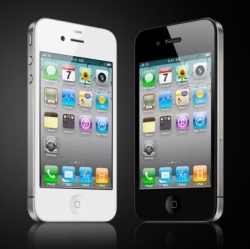
If you sell a product through the App Store, Apple gets 30% of the money. That’s how its been since the App Store’s inception 7 years ago. But soon Apple will for the first time lower its App Store commission on one condition: if an app can retain a subscriber for over a year, the revenue split will be 85/15.
The change will apply immediately to existing apps with users that are more than a year old – potentially providing an injection of extra revenue for many companies. Spotify, for example, boasted of having 20 million subscribers this time last year.
For the sake of argument, if even just half of those subscribers are still paying members today, the change could potentially represent around $15m (£10.3m) in extra subscription revenue for Spotify every month, and that’s probably a conservative estimate.
As well as price, Apple will introduce another significant change to App Store subscriptions. Until now, only apps in certain categories – media and entertainment content – could charge subscription fees. Soon, any app will be able to offer such an option.
This is widely seen as a way for Apple to encourage high-end productivity apps onto its mobile operating system, iOS. "This could be the change that makes the market for professional-calibre iPad apps possible," wrote John Gruber, a technology writer and long-time Apple watcher.
"I think this is terrific news both for developers and users."
The danger, of course, is by opening up subscriptions to every type of app, Apple risks creating a frustrating environment that’s irritating for users who were accustomed to the simple model of paid or free apps.
